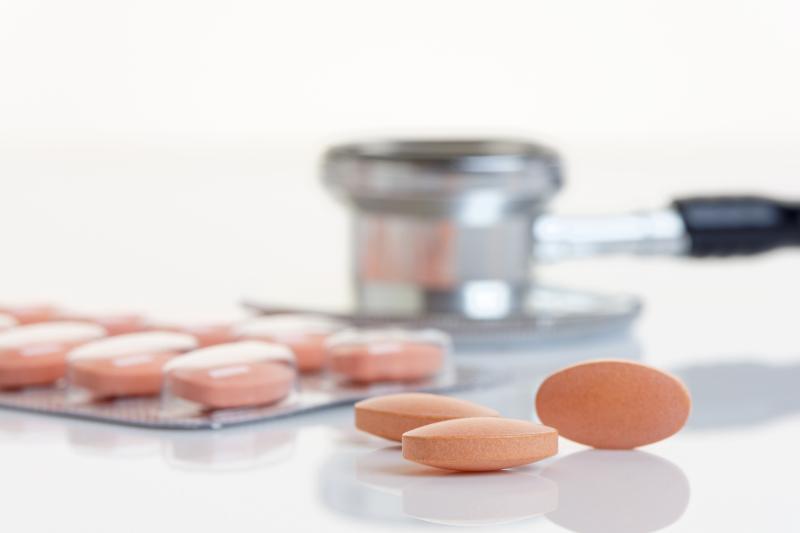 4 facts about cholesterol and statin you may not know
4 facts about cholesterol and statin you may not knowThe risk of revision arthroplasty can be reduced by initiating statin therapy up to 5 years following total hip/knee arthroplasty (THA/TKA), suggests a recent study.
This study included individuals who underwent THA/TKA from 1988 to 2016 from the Clinical Practice Research Datalink, a large population-based clinical database. The investigators used propensity score-adjusted Cox regression models to assess the relation between exposure to statins and risk of revision arthroplasty at any time and if first exposed 0–1, 1–5 or >5 years following THA/TKA. They also examined the effect of duration of statin exposure (<1, 1–2, 2–3, 3–4, 4–5 and >5 years).
A total of 151,305 participants were included, of which 65,032 (43 percent) were exposed to statins during follow-up and 3,500 (2.3 percent) had revision arthroplasty.
An association was observed between exposure to statins and a lower risk of revision arthroplasty (hazard ratio [HR], 0.82, 95 percent confidence interval [CI], 0.75–0.90) in a propensity score-adjusted model. The risk of revision arthroplasty was also reduced among participants first exposed within 1 year (HR, 0.82, 95 percent CI, 0.74–0.91) and between 1 and 5 years (HR, 0.76, 95 percent CI, 0.65–0.90) following THA/TKA compared with those unexposed.
With regard to statin therapy duration, participants who were exposed for >5 years in total had a lower risk of revision (HR, 0.74, 95 percent CI, 0.62–0.88) than those exposed <1 year.